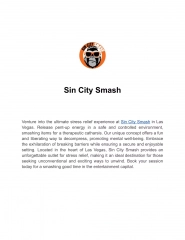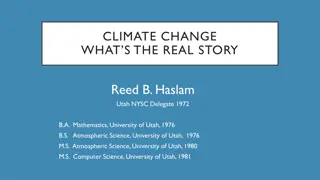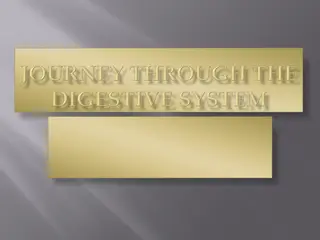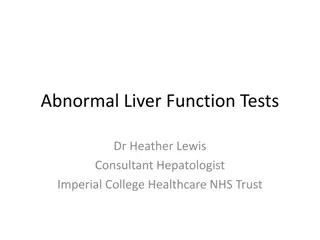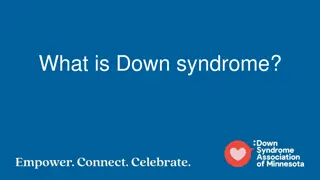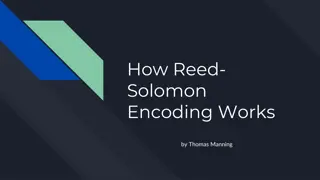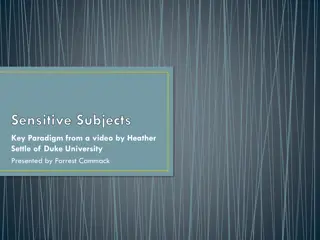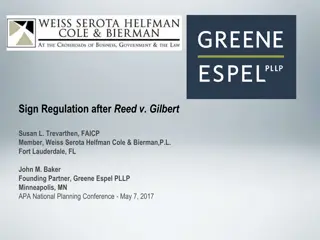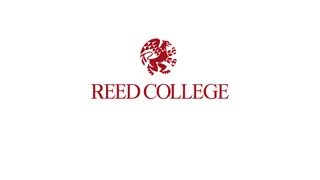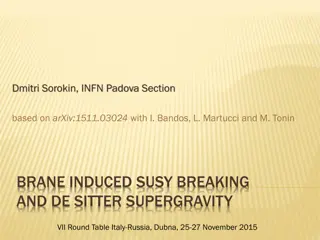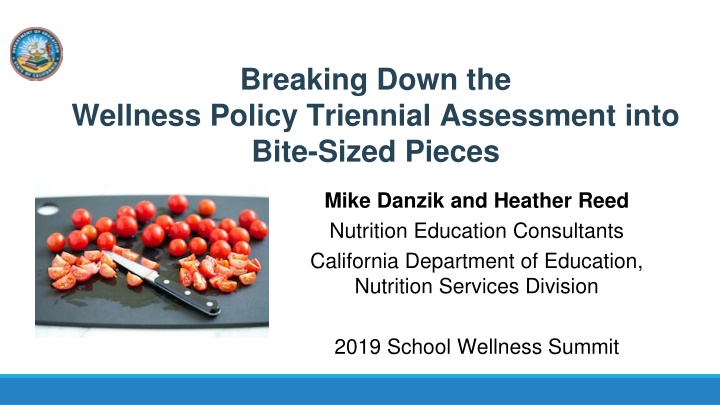
Wellness Policy Triennial Assessment Insights for School Administrators
Gain valuable insights from Mike Danzik and Heather Reed, Nutrition Education Consultants from the California Department of Education, on completing the Triennial Assessment required for school wellness policies. Discover the significance of the assessment, its components, and how to enhance your wellness initiatives effectively.
Download Presentation

Please find below an Image/Link to download the presentation.
The content on the website is provided AS IS for your information and personal use only. It may not be sold, licensed, or shared on other websites without obtaining consent from the author. If you encounter any issues during the download, it is possible that the publisher has removed the file from their server.
You are allowed to download the files provided on this website for personal or commercial use, subject to the condition that they are used lawfully. All files are the property of their respective owners.
The content on the website is provided AS IS for your information and personal use only. It may not be sold, licensed, or shared on other websites without obtaining consent from the author.
E N D
Presentation Transcript
Breaking Down the Wellness Policy Triennial Assessment into Bite-Sized Pieces Mike Danzik and Heather Reed Nutrition Education Consultants California Department of Education, Nutrition Services Division 2019 School Wellness Summit
Training Objectives After this training, you will be able to: Describe the requirements for the Triennial Assessment Practice completing the major components of the report Examine ways to leverage the triennial assessment to support your wellness efforts
Why Complete a TEA? Required as part of the Administrative Review Necessary as part of district LSWP review and evaluation
Why Complete a TEA? Required as part of the Administrative Review Question 1000: Provide a hardcopy or web address of the current Local School Wellness Policy. Are the minimum required elements written into the Local School Wellness Policy?
Why Complete a TEA? Required as part of the Administrative Review Question 1001: How does the public know about the Local School Wellness Policy? Provide supporting documentation.
Why Complete a TEA? Required as part of the Administrative Review Question 1002: When and how does the review and update of the Local School Wellness Policy occur? Provide supporting documentation.
Why Complete a TEA? Required as part of the Administrative Review Question 1003: Who is involved in reviewing and updating the Local School Wellness Policy? Include the relationship with the SFA (e.g., parent, school health professional, etc.).
Why Complete a TEA? Required as part of the Administrative Review Question 1004: How are potential stakeholders made aware of their ability to participate in the development, review, update, and implementation of the Local School Wellness Policy? Provide supporting documentation.
Why Complete a TEA? Required as part of the Administrative Review Question 1005: Provide a copy of the most recent assessment of the implementation of the Local School Wellness Policy.
Why Complete a TEA? Required as part of the Administrative Review Question 1006: How does the public know about the results of the most recent assessment on the implementation of the Local School Wellness Policy? Provide supporting documentation.
Why Complete a TEA? District LSWP review and evaluation
Requirements for the Triennial Assessment 1. Compare to a model policy 2. Describe your progress toward reaching the goals of your district s LSWP 3. Describe your progress toward compliance with your district s LSWP 4. Report results and update policy
1. Compare Your Policy to a Model Policy Ensure that the policy meets the minimum requirements Select a model policy and tool to document comparison Use information to inform planning process and track progress in strengthening the policy Handout-Does Your Wellness Policy Measure Up?
What Does the term Model Policy Mean to You? Audience discussion
Examples of Model Policies California School Boards Association (CSBA) Model Policy Alliance for a Healthier Generation
Activity: Compare Model Policies Review how each of the model policies addresses: the requirement of guidelines for all competitive foods and beverages (sold or given away) We will share out Handouts-Excerpts from Model Policies
Recommended Comparison Tool: WellSAT 3.0 Online tool
WellSAT Report Report has six sections plus overall score Each section has specific questions that provide guidance on how to score response Ratings are from 0 to 2. Policies rated on strength and comprehensiveness Guidance to help strengthen policy
Policy Score Each of six sections individually rated for comprehensiveness and strength The overall policy score: an average of all six sections Assessment and guidance for implementation
Activity: Score Policy Using the Well SAT scorecard and guidance, score your policy for guidance on all competitive foods and beverages on campus, sold or given away Handout: Excerpts from WellSAT guidance and scoring sheet
2. Progress Toward Goals Measuring what you said you d do = implementing your plan What efforts are contained within your policy documents? How are they scheduled to be accomplished? When will they be completed? Where will they be applied? By whom?
2. Progress Toward Goals Measuring what you said you d do = implementing your plan
3. Compliance with the Policy Measuring how successful you are = evaluating what worked and what didn t Process evaluation: What interventions were put into place? How? Who? Buy-in achieved? Resistance? Approval? Who? Why? How was this addressed? Were staff trained or educated to the right level? Was there adequate support?
3. Compliance with the Policy Measuring how successful you are = evaluating what worked and what didn t Outcome evaluation: Did teachers and staff not use food as a reward? Was this more successful with certain teachers, certain grades, certain schools than with others? What aspects of each part were the most beneficial?
3. Compliance with the Policy Measuring how successful you are = evaluating what worked and what didn t Brainstorm 2-3 ways that you can evaluate how you plan to set up your school/district so food will not be used as a reward Brainstorm 2-3 ways that you can evaluate that food was not used as a reward
4. Report Results Report the results to the public-what method will you select? Use results to update the policy and your plan Visit the CDE LSWP Web page for many resources at https://www.cde.ca.gov/ls/nu/he/wellness.asp Handout-Triennial Assessment Guidance
Professional Standards Crediting Information Training: Breaking Down the Wellness Policy Triennial Assessment into Bite-Sized Pieces Date: 2019 School Wellness Summit, 10/30/19 Key Area: 3000 Administration Training Topic: 3200 Program Management Learning Objective: 3230 Healthy School Environment Total Instructional Time = 1.5 hours
NSD Customer Service Survey How Can we help? Share your experiences with us Tell us how we can help you Offer specific feedback Request follow up or technical assistance from NSD teams Take online at anytime, in about 5 minutes Visit the NSD Customer Service Survey web page at https://www.cde.ca.gov/ls/nu/nsdcs.asp
Thank You for Attending! Questions? Contact: Heather Reed at hreed@cde.ca.gov Mike Danzik at mdanzik@cde.ca.gov This institution is an equal opportunity provider

